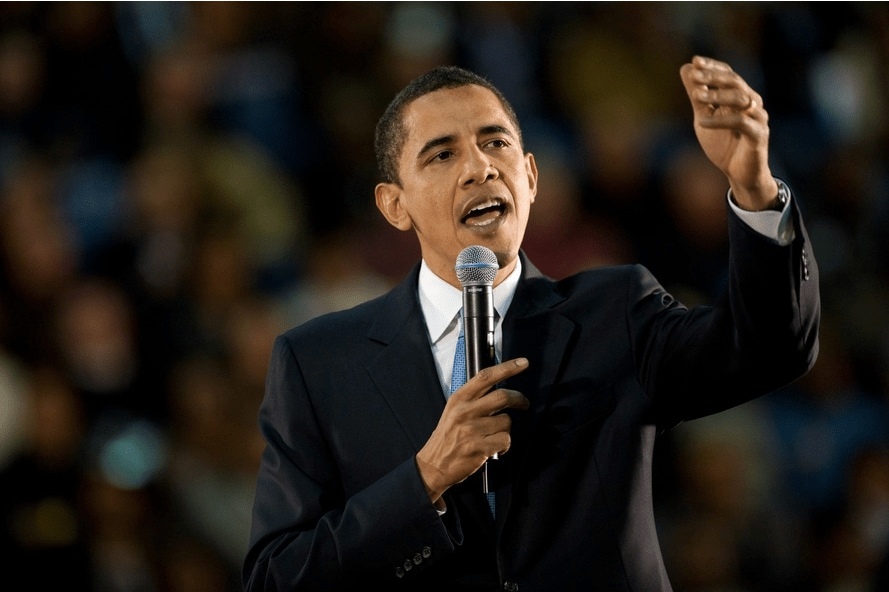

Persuasive design helps shoppers stay on your eCommerce store longer. When they do, a slew of beneficial things happen, such as driving more engaged leads and visitors to an increased likelihood that they’ll convert. Because more engaged visitors tend to lead to more conversions.
Nothing matters more than realizing the goals of your individual web pages, which is to get conversions. In a web landscape where millions of sites are competing with each other, your brand simply needs the power of persuasive design to turn visitors into buyers.
To help you understand persuasive design, we’re highlighting several examples that you can easily implement on your own site. Here are the five elements of persuasive design and why they’re so important to your business goals.
Want to drive away your visitors and increase your bounce rate? There’s no better way than to build a slow site. Conversely, creating a fast site keeps visitors on your pages longer and consequently increases the likelihood that they’ll convert.
Web Designer Depot says that, in 2016, your site should load between 500 milliseconds and 2 seconds. And Google themselves has stated an eCommerce site must load in under 2 seconds. Anything longer than 2 seconds is considered slow and will endanger your ability to persuade your visitors to convert.
The same holds true for mobile sites, too. According to this case study from Soasta, mobile pages that are just 1 second faster get a conversion lift of 27%.
Here are some ways to increase site speed:
Use a content delivery network (CDN) to send files faster and shrink file size Optimize image sizes by using JPEG or GIF Make Javascript and CSS external
Finally, test out your page speed by using tools like Google’s awesome PageSpeed Insights.
Directional cues are elements like arrows, fingers pointing in a certain direction, or even a person’s eyes looking in a specific direction. They are persuasive elements that make it easier for your visitors to find the most important element on your page—such as a registration form or a call to action button.
When your users can find and then interact with a page’s most important element, they’re likely to be persuaded to take that specific action.
Neil Patel highlights a study where removing a green directional-cue arrow from a call to action button resulted in a 12.29% decrease in conversions. This is a striking example of how fewer visitors were persuaded to take action because of the absence of a directional cue, so the presence of a directional cue will have the opposite effect and increase conversions.
Conversion XL’s recent study revealed that a hand-drawn arrow served as the best type of directional cue because persuaded visitors to spend the longest amount of time on a form. WriteWork showcases the same directional cue, although the arrow is pointing at a search field instead of a form.
Videos are a stellar persuasive-design element because they provide a level of interactivity that mere copy simply can’t. The research shows that both engagement (staying on your site longer) and conversions increase when product videos are present.
A HubSpot infographic mentions that 64% of users are more likely to go ahead and buy a product after they’ve watched a video for it. The same infographic also states that 50% of executives search for more information after viewing a product or service in a video. In these two cases, online videos helped both engagement and conversions.
Perhaps there’s no better example of using the persuasive power of videos on the web than Amazon.com. The retail giant’s site is rife with product videos explaining how specific products work and giving shoppers previews of how the product looks in real life.
An excellent video on Amazon.com takes shoppers through an engrossing video where the Playstation 4 controller is analyzed from every angle, heightening customer interest and persuading them to stay on the site longer.
Friction is a killer of conversions. That’s why one of the most surefire ways of adding a persuasive element into your design is to cut down on page friction as much as possible.
Unbounce attributes friction to unclear messaging, so it stands to reason that reducing friction is based on making your site messaging—everything from the copy to the layout—as crystal clear as you can.
The Next Web offers a handy list of actionable tactics to help any brand reduce friction on its site. In a nutshell, it all comes down to great design. They include:
Minimalism – By focusing on only the most important elements of your content, you can guide your visitors to the goal on a page (sign up, buy, etc.), to eliminate clutter and excess Chunking – This is a technique where you break your content up into smaller, more digestible parts, like shorter paragraphs and a grid pattern to help with reading and retention Balance – Any page should have good balance among copy, images, videos, colours, background space, and other typical elements, so as not to cognitively overload visitors, but enhance their ability to understand
A good example of balance is Jet.com’s homepage: Note the copy categorizing each item group and describing the deal in the header, the images sprinkled all over the page to draw the eye, copious white space to make it stand out, and the card-based layout to tie it all together.
Recent studies like this one from usability experts determine that bigger fonts greatly help the user experience when it comes to reading and retaining information in the body copy of sites. This study discovered that its participants favour 18-point font size when reading on the web.
When visitors can read the copy on your site more easily, they’ll retain the information better, too. When this happens, the time they stay on your site increases (since they can read the info more efficiently), and your conversions will increase (since they can understand persuasive messaging and calls to action more clearly).
If you’re describing a deal, offer, product, service, or anything else on your site, your goals will be much better served when you do use bigger fonts. So remember to use at least 18-point font size in the body copy of your pages.
Persuasion is a psychological technique, but when you incorporate great design into your site, you can effectively use said technique to achieve the number one goal of your site, which is to get conversions and then keep optimizing your conversion rate.
The five elements we’ve outlined above have been tested and proven to work by various brands, and they can also work for your brand when you implement these elements on your site.
Persuasive-design elements matter because your site’s conversions are at stake. Conversions will only increase when you can persuade your visitors to stay on your site longer and engage with your brand and content further.
About the author
Marc is a copywriter who, fittingly enough, runs Marc Schenker Copywriter. An expert in business and marketing, he helps businesses of all sizes get the most bang for their ad bucks. To find out what really makes him tick, head on over to his website, and don’t forget to make his day by liking his Facebook page!
,
What to read next
The Jibe Multimedia, Inc. © 2009-2025